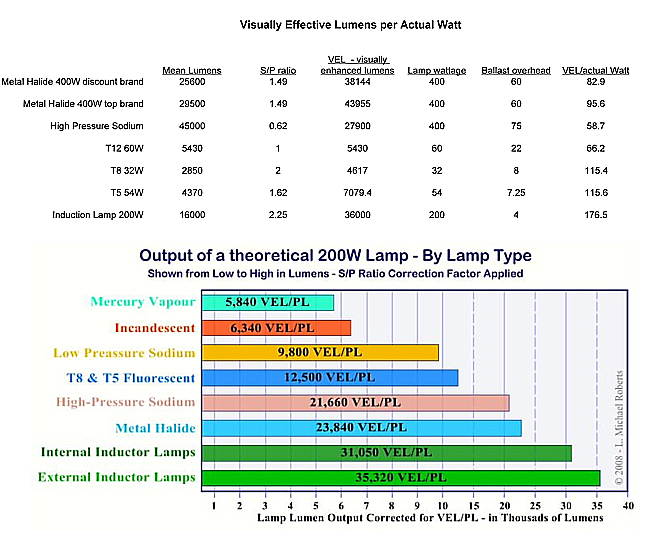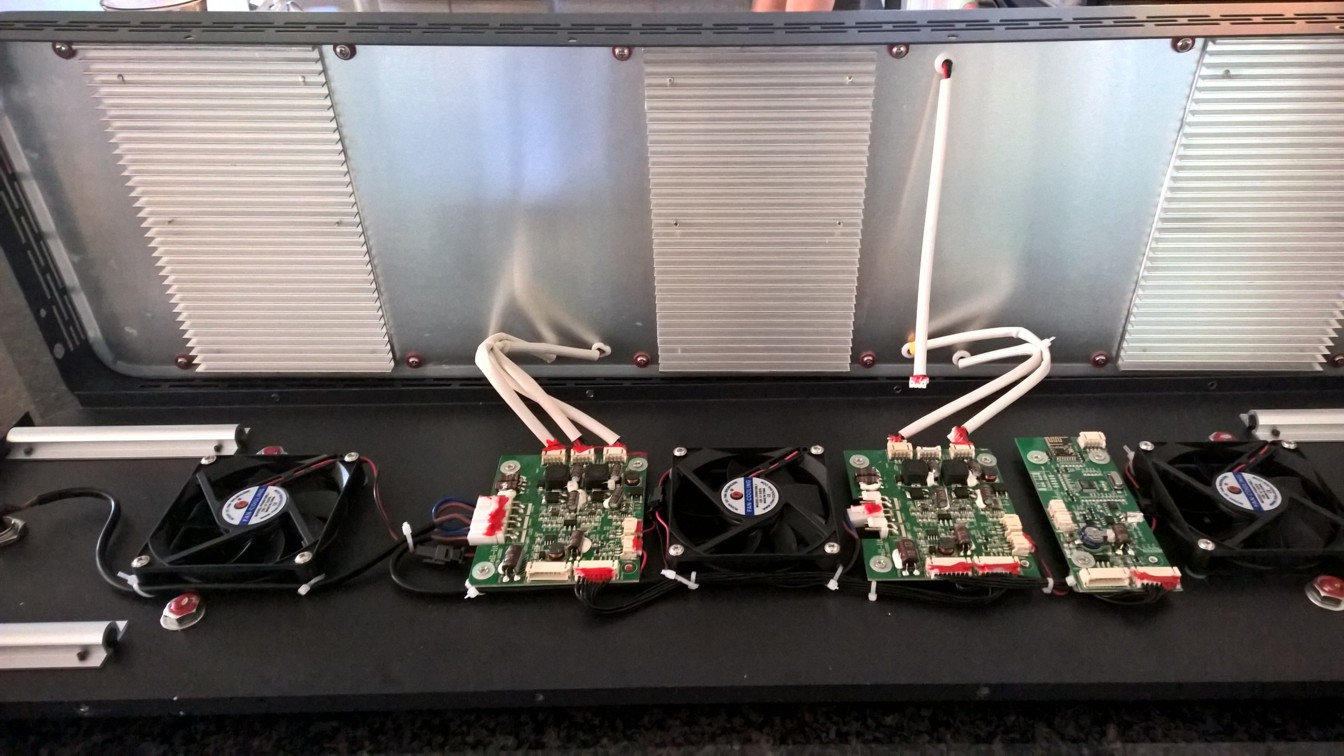there are multiple LFS and reefer in my area that run all their ATI fixture without the splash shields.Data without the splash shield is pointless............no one runs an ATI fixture without it.
This comprises the performance of the bulbs with respect to spectrum and par over time.
ATI can recommend the best fan speed/cooling as they are the experts.
seems to be more common that people do not use them.





















